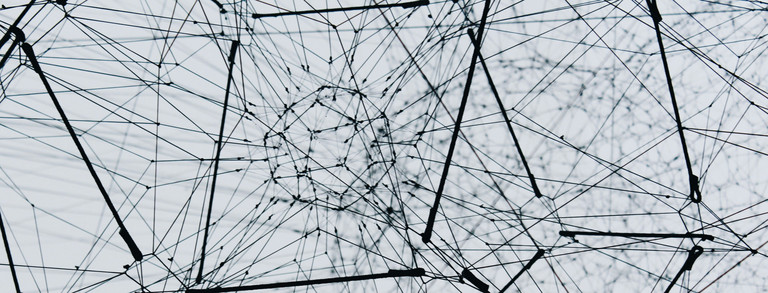Deep learning in space and time
A05 aims for a better theoretical understanding of deep neural networks for space-time data, which will result in improved predictions for spatio-temporal data including statistical guarantees. In the long run, deep-learning approaches will be developed to meet demands such as interpretability, statistical inference and statistical optimality.aims for a better theoretical understanding of deep neural networks for space-time data, which will result in improved predictions for spatio-temporal data including statistical guarantees. In the long run, deep-learning approaches will be developed to meet demands such as interpretability, statistical inference and statistical optimality.
Project Leaders
Prof. Dr. Asja Fischer
Faculty of Computer Science - Chair of Machine Learning
Ruhr University Bochum
Prof. Dr. Johannes Lederer
Department of Mathematics - Chair of Mathematics of Data-Driven Methods
University of Hamburg
Prof. Dr. Hanna Meyer
Faculty of Geosciences - Chair of Remote Sensing and Spatial Modelling
University of Münster
Summary
Deep learning has great potential for spatio-temporal data due to its ability to deal with complex patterns in such data sets, enabling a comprehensive modeling of dynamic processes. However, the integration of information in both spatial and temporal dimensions into a unified and comprehensive model is still challenging and requires further insight and exploration, both theoretically as well as for practical application. Our goal is a better statistical understanding of these models and the development of an efficient framework for reliable spatio-temporal predictions. We will develop and test deep-learning frameworks concentrating on recurrent space-time graph neural networks, which model the features as nodes of a graph that can exchange information over time. We analyze the individual components of this framework and how these components act in concert to model data in space and time. Our sharp focus on this modeling approach allows us to work on the entire statistical pipeline from theory to applications. Our theoretical contributions are prediction guarantees, accounting in particular for sparsity-inducing regularization, and improvements regarding the transferability of the trained models. We believe that theory and application should be integrated to mutually benefit each other. Therefore, on the application side, we study earth-observation satellite images as a prototype for dense spatio-temporal data, which will serve as a testbed for analyzing the developed methods. This allows us to ensure theoretical as well as practical relevance of our project, to draw on the expertise of the three project leaders, and to connect to many theoretical and applied projects of TRR 391.
Schumacher, F. L., Knoth, C., Ludwig, M., Meyer, H. (2025). Estimation of local training data point densities to support the assessment of spatial prediction uncertainty. Geoscientific Model Development 18 (24), 10185–10202. DOI: 10.5194/gmd-18-10185-2025.
Taheri, M., Xie, F., Lederer, J. (2025). Statistical Guarantees for Approximate Stationary Points of Shallow Neural Networks. Transactions on Machine Learning Research. OpenReview: https://openreview.net/forum?id=PNUMiLbLml.
Hebiri, M., Lederer, J., Taheri, M. (2025). Layer sparsity in neural networks. Journal of Statistical Planning and Inference 234, 106195. DOI: 10.1016/j.jspi.2024.106195.
Damm, S., Laszkiewicz, M., Lederer, J., Fischer, A. (2025). AnomalyDINO: Boosting Patch-based Few-shot Anomaly Detection with DINOv2. IEEE/CVF Winter Conference on Applications of Computer Vision. pdf. DOI: 10.48550/arXiv.2405.14529.
Püttschneider, J., Heilig, S., Fischer, A., Faulwasser, T. (2025). Towards an Optimal Control Perspective of ResNet Training. TRR 391 Working Paper #6. DOI: 10.17877/DE290R-25566.
Mohaddes, A., Iafrate, F., Lederer, J. (2025). Regularized Learning for Fractional Brownian Motion via Path Signatures. arXiv. DOI: 10.48550/arXiv.2506.16156.
Golestaneh, P., Taheri, M., Lederer, J. (2025). How many samples are needed to train a deep neural network? ICLR 2025. pdf. DOI: 10.48550/arXiv.2405.16696.



